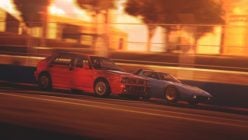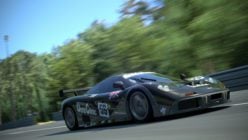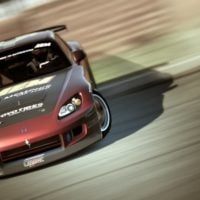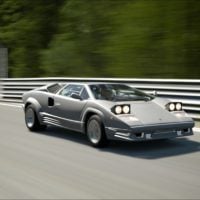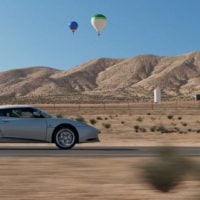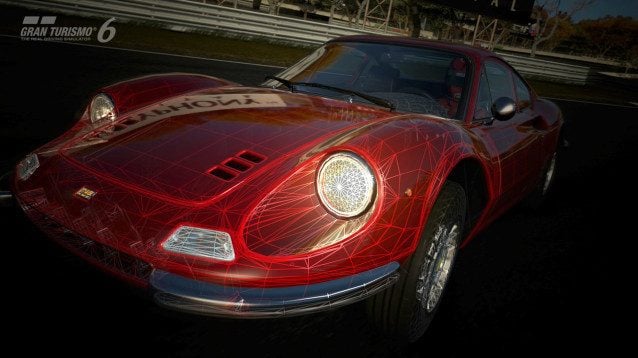
As has become something of a tradition with each new Gran Turismo game (and demo), the digital imaging specialists of EuroGamer’s Digital Foundry blog have completed their technical analysis of Gran Turismo 6 to see how things are working under the hood.
When Digital Foundry looked at the GT6 demo that hosted GT Academy 2013, they were impressed with the game’s increased resolution and lighting effects, but noted these improvements came at the expense of a smooth frame rate.
They found many of these issues to persist in the current version of GT6, although the on-screen activity, of course, plays a large part in its performance:
“As it stands, performance seems to hinge on the use of four elements: dynamic lighting, the amount of cars on-screen, utilisation of the cockpit view, and weather effects.”
Ultimately, these effects might prove to be just a bit too much for the aging PS3 hardware to handle at 1080p resolution, as Digital Foundry recommend playing at 720p for the smoothest gameplay experience:
“There is a workaround to these performance issues, however. As with GT5, engaging the 720p mode manages to solve most of the more severe frame-rate problems. Tearing and slowdown still occur using this mode, but the game manages to hit the intended 60fps much more consistently. Image quality definitely takes a hit – especially in terms of the MLAA, which has fewer pixels to work with – but the performance improvement is worth the sacrifice.”
Despite these issues, they did note one of the most noticeable areas of graphic improvement between GT5 and GT6, in the area of shadows and smoke:
“In either mode, Polyphony has at least addressed some of the more egregious rendering flaws that marred the previous game. In the cockpit, shadows now appear much softer, without noticeable pixellation or distortion, while the obnoxious grain filter that bathed darker areas in GT5 has been eliminated too. On the road, shadows have received some changes as well: the resolution still appears rather low, but a change in the way they are filtered allows them to appear smoother around the edges.
“Stopping to examine shadows reveals these limitations, but while driving, artefacts are far less noticeable than in Gran Turismo 5. We also see an increased precision in alpha textures, such as smoke, reducing some of the glaring blockiness commonly encountered in GT5’s transparencies.”
Although Polyphony Digital is clearly pushing the PS3 to its performance limits and perhaps beyond, Digital Foundry is optimistic that this innovation – combined with the overly-detailed car and track models – could pay off significantly when the Gran Turismo series comes to the PlayStation 4:
“When Polyphony started working on Gran Turismo 6, we can imagine that the original plan did not include the use of models created for GT4, and there’s a sense that GT6’s assets were created very much with the future in mind: between the incredibly detailed premium car models, the advanced lighting solution, and the beautiful post-processing utilised in replays, it’s fair to say that a boost to image quality and performance alone could make for a convincingly high-end PS4 title.
“Many of these details were necessarily curtailed by limitations of the PlayStation 3 hardware, but the systems that have been created here seem to be a great fit for its successor.”
Be sure to read their full review for more technical details, opinions, and analysis, then head on over to phil_75’s thread in our forum for more discussion on Digital Foundry’s findings.
See more articles on GT6 Reviews.
